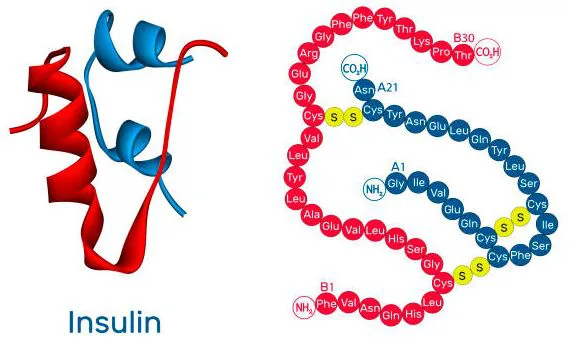
As the scientific revelation unfolded, the discovery of insulin became the life-saving elixir to people who were suffering from diabetes, globally.
Although, terms like high sugar, glucose, insulin, diabetes, glycaemic index etc are very well known to most of the masses. Yet, the first step of insulin synthesis, has been a tantalizing secret, which is yet to be unravelled even by the researchers.
In a similar quest, scientists at the University of Michigan observed the tiny world of fruit flies. They studied how insulin is made in fruit flies by looking at messenger RNAs.
Their observation surfaced that a chemical tag on the mRNA is very important for turning it into insulin protein. And altering this chemical tag can influence the production of insulin produced.
DNA and Protein Production in Living Beings
Every living being carries an integrated library within their cellular structure. These libraries like books have chunks of information encoded in the form of an enigmatic DNA.
Nature has a mechanism through which it brings the encoded knowledge to life by creating remarkable proteins.
Messenger RNAs or mRNAs are the tools through which the nature replicates the gene’s instructions, without altering the original DNA script. These mRNAs carry the required information to the cytoplasm of cells, where the protein production begins in case of prokaryotes. While in eukaryotes, the mRNAs go to the cytoplasm where it localizes to the ribosome.
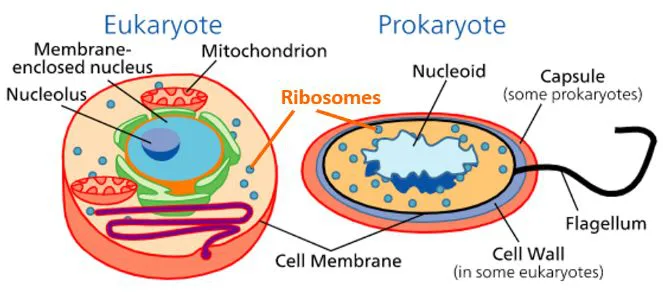
The Power of ‘Tags’ in the Protein-Making Process
But something happens while they are in the process of transporting information. As they travel, these mRNAs get adorned with tiny, powerful accessories called “tags.” These tags can influence the mRNAs’ behavior and hence, the protein-making process.
The RNA is like an indoor Christmas tree, that becomes full of life when decorated with ornaments. Quite similar like the mentioned tree, the RNA too comes with it owns “decorations” to add an extra spark to the existence, explained Wilinski one of the lead authors behind the study.
Fruit Flies Shed Light on Insulin Production
It is quite a challenge to gain insights into insulin production in humans and mammals as pancreas hides coyly behind the liver. Since, it cannot regenerate itself, so taking samples from living subjects cannot be done.
In case of fruit flies, the insulin producing cells reside in their brains and behave almost like tiny neurons. And so, the responsible cells are physically accessible to researchers.
m6A Triggers the Production of Insulin
For the study, they specifically targeted the fascinating tag called RNA N-6 adenosine methylation, or m6A for short.
First, they identified the elusive RNAs adorned with tags. They employed a fluorescent molecule. And visualised the amount of insulin produced by the cells by viewing through the lens of a powerful confocal microscope.
To take a step further, the researchers conducted their experiments under following two intriguing conditions.
- First, they silenced the m6A enzyme, the very architect responsible for decorating the mRNA.
- Second, through the help of CRISPR technology, they skilfully removed the m6A tags from the DNA.
The researchers made a fascinating observation. When the flies were stripped of the m6A tag, their insulin production experienced a remarkable decrease.
Thus, the presence of m6A enzyme triggers the production of a large amount of the insulin hormone. And in its absence, the flies experienced a drastic reduction in insulin production. Thus, causing signs of diabetes.
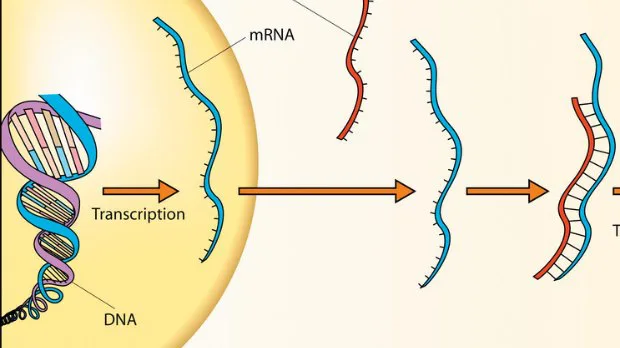
Tiny Tags May Hold the Key to Diabetes Cure
Interestingly, the chemical tag remains unaltered not only in fruit flies but also in a diverse array of creatures, including fish, mice, and even humans.
Wilinski suggested that insulin production in humas too might be regulated using a similar mechanism.
Thus, by unravelling the secrets of this regulatory mechanism, scientists can delve deeper into the complexities of insulin production.
Restoring the levels of these tags could hold the key to combating diabetes and metabolic diseases, offering hope for future therapeutic approaches, explained Monica Dus, an Associate Professor at the University of Michigan.
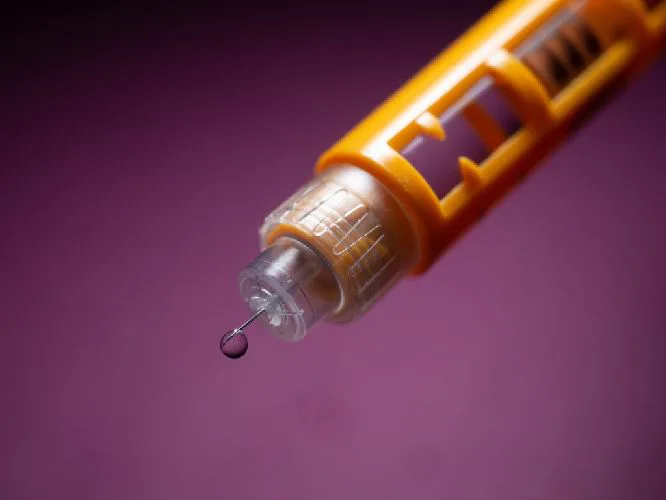
Takeaway
Understanding the regulatory mechanism behind insulin production will potentially pave way for groundbreaking advancements in diabetes treatments.
With every such discovery, on the basic molecular biology of insulin, we inch closer to unlocking the mysteries of the pancreatic hormone. And this comprehension will open new avenues for managing and treating diabetes. Thus, bringing us closer to a future of improved health and wellness for all.

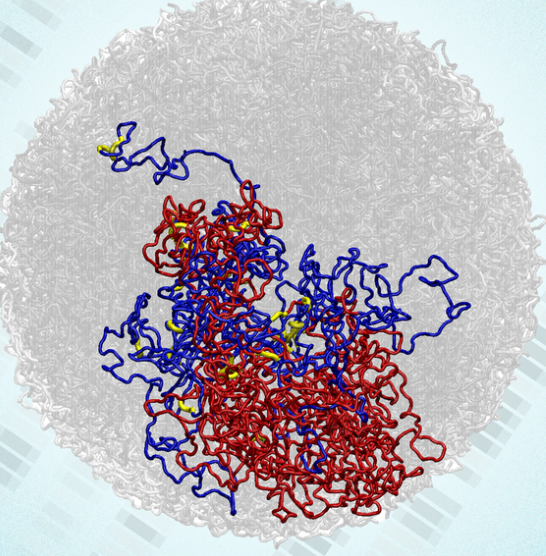
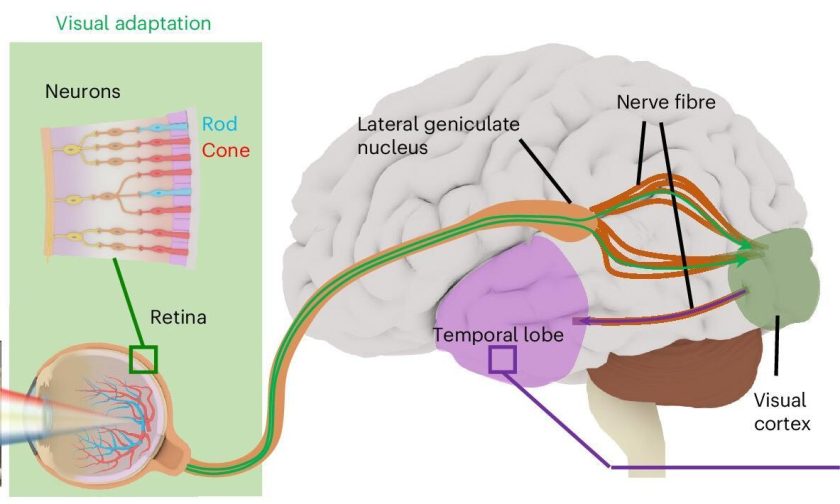
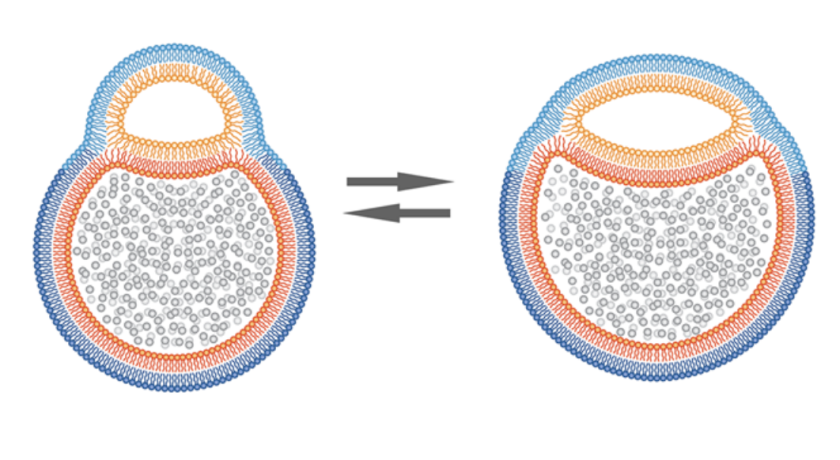
[…] Molecular Biology of Insulin: Decoding its Secrets via Fruit Fly Discoveries […]